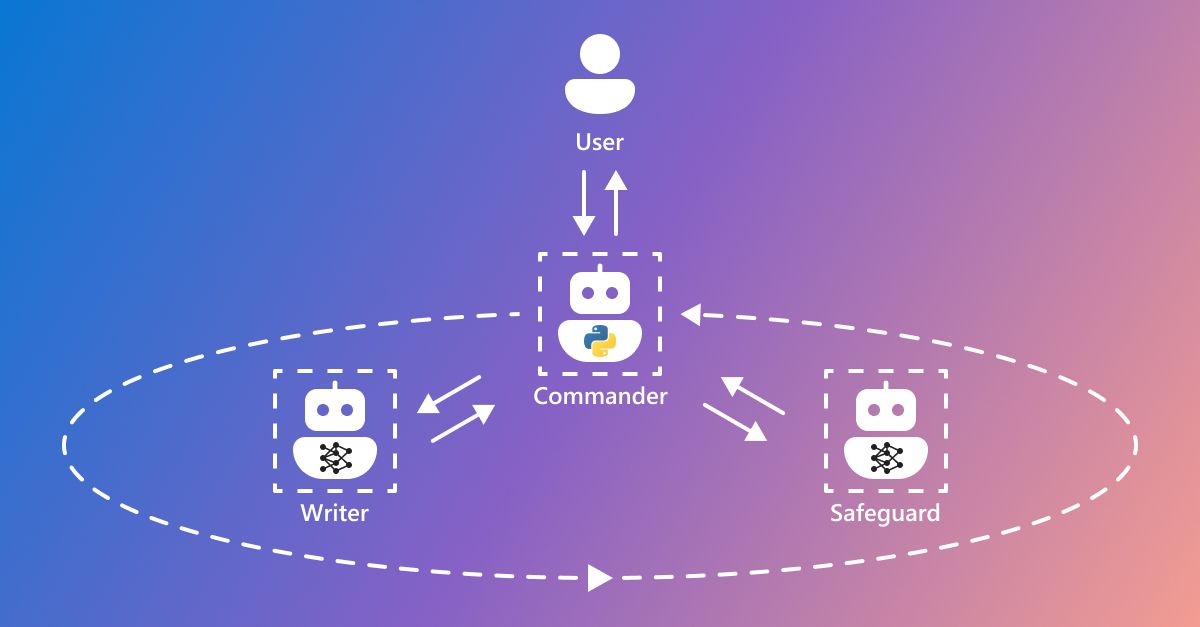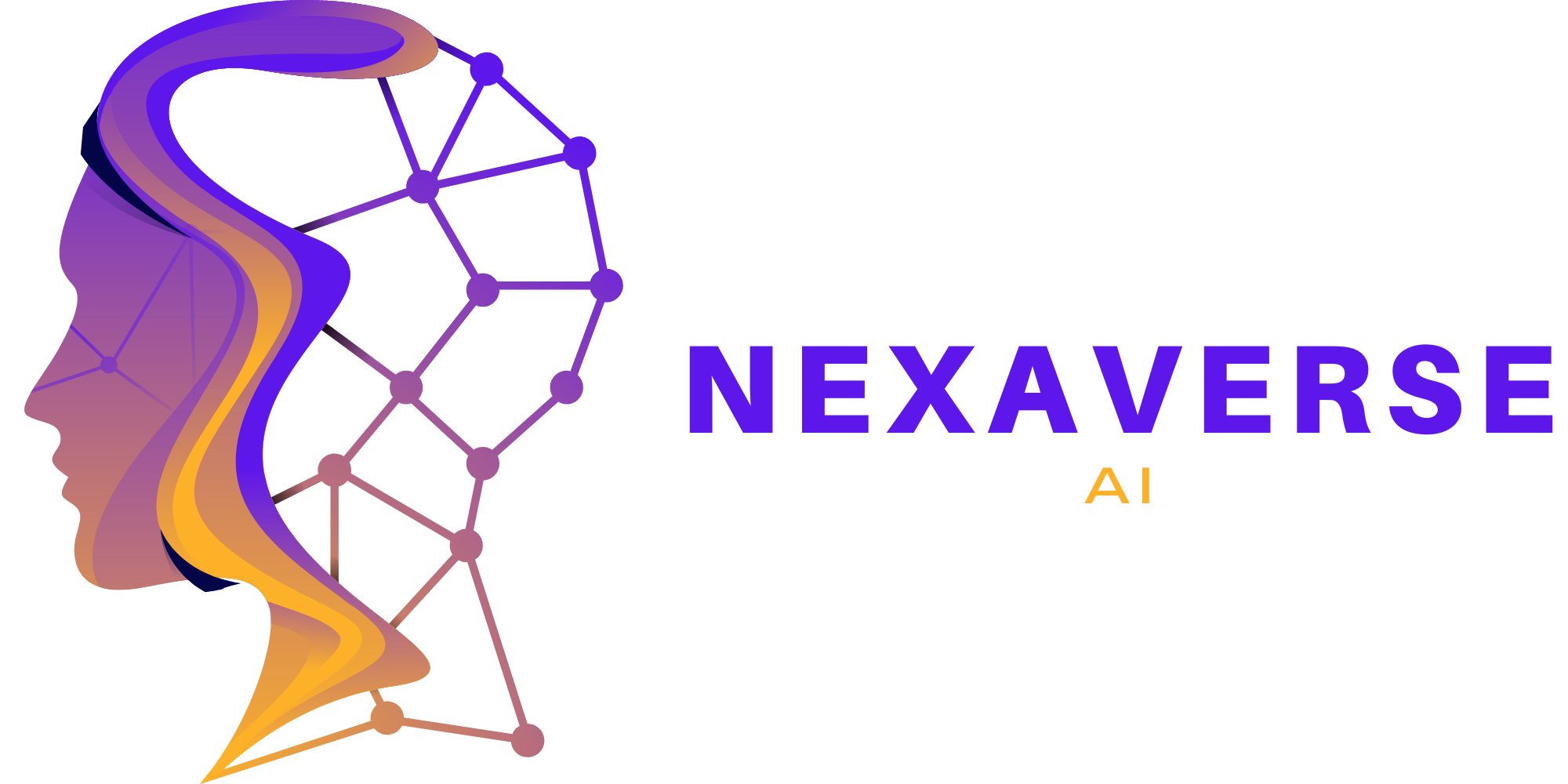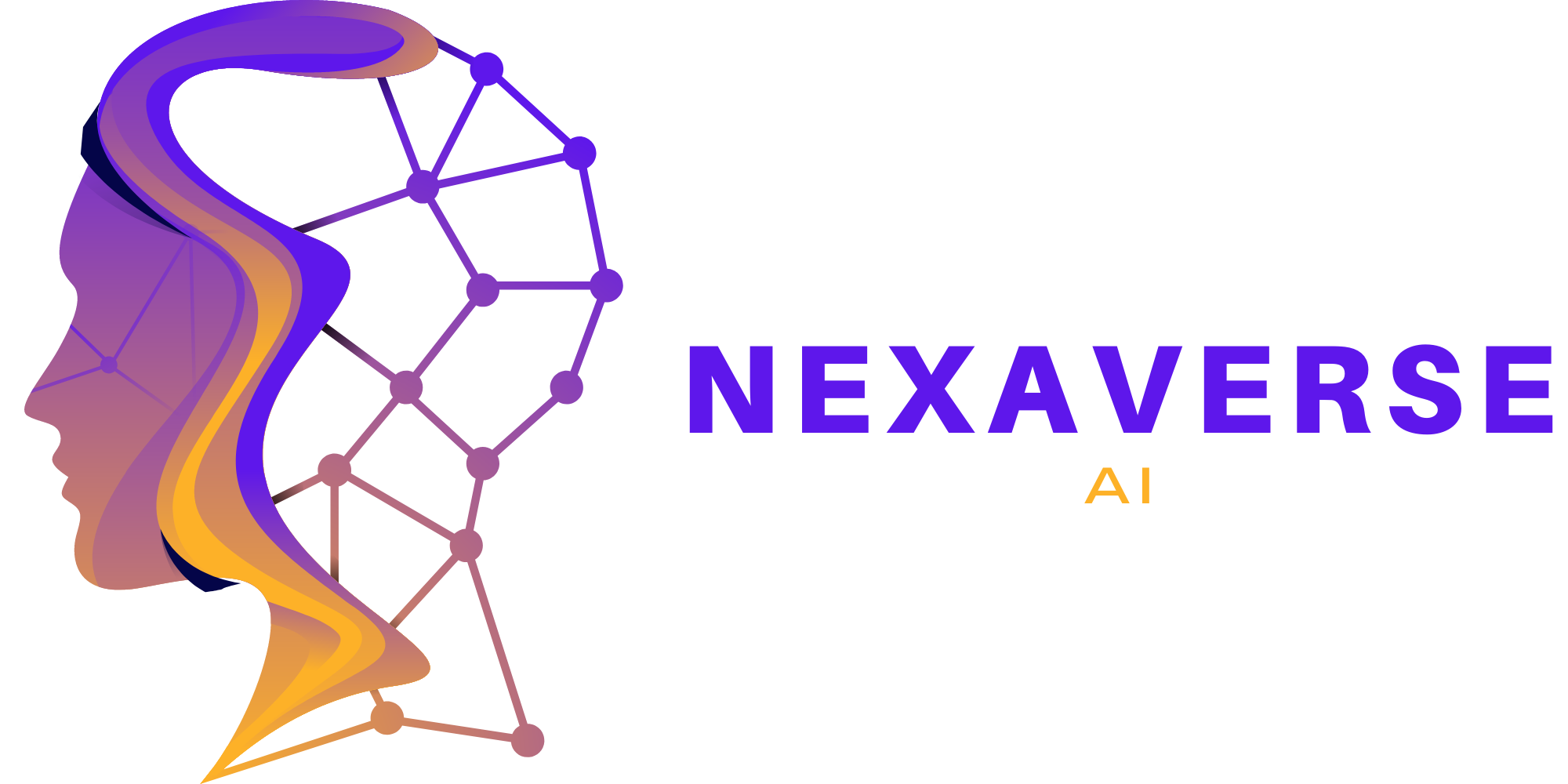AutoGen's transformative impact on content creation

In the digital age, the demand for high-quality, engaging, and personalized content is ever-growing. The process of content creation has evolved significantly with the advent of artificial intelligence (AI), opening doors to automation, creativity, and efficiency previously unattainable. Among the array of tools available, Microsoft's AutoGen stands out as a pivotal player in AI-driven content creation. This article embarks on a journey to explore the myriad ways AutoGen is reshaping the content creation landscape.
AutoGen: An Overview
AutoGen, a brainchild of Microsoft, is engineered to leverage the capabilities of Large Language Models (LLMs) to facilitate automated content generation. At its core, AutoGen embodies a multi-agent framework, making it a versatile tool for orchestrating complex, interactive, and creative content generation processes. Whether it's drafting blog posts, scripting videos, or creating personalized marketing campaigns, AutoGen is equipped to handle a vast spectrum of content creation tasks with remarkable efficiency and creativity.
Core Functionalities:
- Multi-Agent Framework: AutoGen's multi-agent orchestration allows for a collaborative approach to content creation, where different agents, be it AI models or human contributors, can interact and contribute to the content generation process.
- LLM Integration: The integration of Large Language Models like GPT-4 ensures that the generated content is coherent, contextually relevant, and human-like in its readability and engagement.
- Real-Time Adaptability: AutoGen's architecture allows for real-time modifications and feedback incorporation, ensuring the generated content remains aligned with the desired outcomes, even in dynamically changing scenarios.
Automation and Efficiency
The essence of automation in content creation lies in the ability to produce high-quality content at scale while minimizing manual effort and time investment. AutoGen shines in this domain by automating routine content creation tasks, thus liberating creators to focus on more strategic and creative aspects of their projects.
Automated Content Drafting:
With AutoGen, drafting initial versions of articles, blog posts, or even scripts becomes a breeze. By providing a brief outline or a set of keywords, AutoGen can generate a rough draft, which can then be refined by human editors.
Content Scheduling and Publishing:
AutoGen can be configured to automate the scheduling and publishing of content across various platforms, ensuring a consistent content delivery schedule which is crucial for audience engagement and SEO ranking.
Automated Responses and Interactions:
In interactive platforms or community forums, AutoGen can automate responses to common queries or comments, ensuring active engagement with the audience without overwhelming manual monitoring.
Boosting Creativity
One of the remarkable facets of AutoGen is its ability to augment creativity in content generation. By providing a robust framework and tools, it enables creators to explore and craft content that resonates with audiences on a deeper level.
Creative Prompting:
AutoGen can generate a myriad of creative prompts based on a given theme or topic, aiding writers in overcoming writer’s block and sparking unique ideas for content creation.
Style Adaptation:
The ability of AutoGen to adapt to various writing styles allows for a personalized and unique touch in content generation. Whether it's adopting a formal tone for professional articles or a casual, engaging tone for blogs, AutoGen is adept at aligning with the desired style.
Visual Content Integration:
AutoGen can be configured to integrate visual elements within content, creating a rich multimedia experience. This includes automated generation of infographics, charts, and even basic illustrations based on the text content.
Customization and Personalization
The demand for personalized content is on the rise, and AutoGen is well-equipped to cater to this trend. Its capabilities extend beyond just text, allowing for a personalized touch across various content types.
Personalized Content Delivery:
AutoGen can automate the delivery of personalized content to different audience segments based on their preferences, behaviors, and interactions.
Custom Templates:
Developers and content creators can design custom templates in AutoGen, ensuring the generated content aligns perfectly with brand guidelines and specific formatting requirements.
Dynamic Content Adjustment:
With real-time data analysis, AutoGen can dynamically adjust content to remain relevant and engaging, be it updating facts, figures, or even the tone of the content.
Comparative Analysis
In a market populated with AI-driven content creation tools, AutoGen holds a distinctive position due to its advanced features and the backing of Microsoft's technological prowess.
AutoGen vs Other Tools:
Comparing AutoGen with other popular tools highlights its superior multi-agent framework, LLM integration, and real-time adaptability, providing a more robust and flexible solution for content generation needs.
Unique Advantages:
AutoGen's ability to seamlessly blend AI and human inputs, its open-source nature allowing for community-driven enhancements, and its continuous updates and upgrades make it a favorable choice for modern content creators.
Transformational Examples
AutoGen's capabilities extend across a wide range of content creation domains. Here, we delve into some examples that elucidate how AutoGen can revolutionize various facets of content creation.
Blog Writing:
AutoGen can significantly streamline the process of drafting blog posts. By providing a set of keywords or topics, writers can obtain a rough draft which can then be refined to meet the desired tone and style.
Social Media Content Generation:
Managing multiple social media platforms can be a daunting task. AutoGen can automate the generation and scheduling of posts, ensuring a consistent online presence and engagement with the audience.
Digital Marketing:
AutoGen can be a boon for digital marketers by automating the creation of targeted advertising content, email campaigns, and more, enabling a personalized approach to each segment of the audience.
Scripting and Storytelling:
Creating scripts for videos, podcasts, or interactive digital experiences can be accelerated with AutoGen's assistance, allowing for a coherent narrative and engaging storytelling.
Educational Content Creation:
AutoGen can aid in crafting personalized learning materials, interactive quizzes, and educational resources, facilitating a more engaging and effective learning experience.
News and Journalism:
In the fast-paced world of news and journalism, AutoGen can automate the generation of news briefs, updates, and personalized news feeds, ensuring timely and relevant information delivery.
Tutorials and Guides
Getting hands-on with AutoGen can significantly enhance understanding and usability. Below are simplified guides to kickstart your journey with AutoGen:
# Installation and Setup:
# Create a new notebook or a Python environment.
# Install AutoGen by executing the following command:
pip install pyautogen
# Since GPT-4 is utilized under the hood, ensure to also install OpenAI and set your OpenAI API key:
pip install openai
# Basic Content Generation:
# Import necessary libraries and initialize AutoGen
from autogen import AutoGen
autogen = AutoGen()
# Define your content generation task
task = {
'type': 'content_generation',
'prompt': 'Exploring the Benefits of Meditation',
'length': 500
}
# Execute the task
result = autogen.execute(task)
print(result['content'])
# Customizing Content Style and Format:
# Customize the style and format of the generated content
task = {
'type': 'content_generation',
'prompt': 'Exploring the Benefits of Meditation',
'length': 500,
'style': 'informative',
'format': 'blog_post'
}
# Execute the task
result = autogen.execute(task)
print(result['content'])
Challenges and Solutions
Every tool comes with its set of challenges. However, understanding these challenges and finding solutions can lead to a more efficient and effective utilization of AutoGen.
Overcoming Generative Limitations:
Challenge: Sometimes, the generated content may lack depth or a human touch.
Solution: Combining human editing with AutoGen's output can significantly enhance the quality and relatability of the content.
Ensuring Content Relevance:
Challenge: Keeping the generated content relevant and updated, especially in fast-changing domains.
Solution: Periodic review and updating of templates and input data can help maintain content relevance.
Managing Resource Consumption:
Challenge: AutoGen, like other AI-driven tools, can be resource-intensive, impacting performance and costs.
Solution: Efficient task management, optimization of models, and monitoring resource usage can mitigate this challenge.
Future Prospects
As we venture further into the AI-driven era, the potential of tools like AutoGen is bound to proliferate. Here are some anticipations for the future:
- Enhanced AI-Human Collaboration: The horizon holds the promise of more advanced frameworks facilitating seamless collaboration between AI and human intellect, unlocking new dimensions in content creation.
- Broader Domain Adaptability: AutoGen may evolve to cater to a broader spectrum of domains, with customized solutions for different industries, enriching the content creation landscape.
- Community-Driven Innovations: The open-source nature of AutoGen invites a community of forward-thinking developers to contribute, learn, and collaborate, thus propelling the technology even further.
- Real-Time Content Adaptation: With advancements in real-time data analytics, AutoGen could enable real-time content adaptation to changing scenarios, delivering more relevant and engaging content.
AutoGen is not merely a tool; it's a harbinger of a new epoch in content generation. Its multi-agent framework, coupled with the power of Large Language Models, sets a formidable foundation for a more intelligent, efficient, and collaborative content creation realm. By exploring the myriad of use cases it supports, developers and organizations can step closer to a future where AI doesn’t just assist but leads the way in innovation. As the journey with AutoGen unfolds, the horizon is laden with opportunities waiting to be explored, and the narrative of content creation is destined to be rewritten.
Get Started with NexaverseAI
Embark on a journey to transform your content creation process with the power of AI. At NexaverseAI, we specialize in tailoring AI solutions that meet your unique content generation needs. Whether you are looking to automate routine content tasks, enhance creativity, or explore new horizons in personalized content delivery, our team of experts is here to guide you every step of the way.
Experience the future of content creation today! Sign up for a free consultation with our AI specialists and discover how we can help elevate your content strategy to new heights.
Frequently Asked Questions (FAQs)
- What is AutoGen and who developed it?
AutoGen is an AI-driven content creation tool engineered by Microsoft, aimed at automating and enhancing the content creation process using Large Language Models (LLMs). - How does AutoGen's multi-agent framework function?
The multi-agent framework facilitates a collaborative approach to content creation, allowing different agents like AI models or human contributors to interact and contribute to the content generation process. - What are the core functionalities of AutoGen?
AutoGen features a multi-agent framework, Large Language Model integration, real-time adaptability, which collectively facilitate automated, creative, and interactive content generation. - How does AutoGen support automation in content creation?
AutoGen automates routine tasks like drafting initial versions of articles, scheduling and publishing content, and automating responses on interactive platforms or community forums. - In what ways can AutoGen boost creativity in content creation?
AutoGen provides creative prompting, style adaptation, and visual content integration to help creators explore unique content ideas and align with desired writing styles. - How does AutoGen cater to the demand for personalized content?
AutoGen supports personalized content delivery, custom templates, and dynamic content adjustment based on real-time data analysis, allowing for a tailored content experience. - How does AutoGen compare to other AI-driven content creation tools?
AutoGen distinguishes itself with its superior multi-agent framework, LLM integration, real-time adaptability, open-source nature, and the backing of Microsoft's technological expertise. - Can you provide examples of how AutoGen can be utilized across different domains?
AutoGen finds applications in blog writing, social media content generation, digital marketing, scripting and storytelling, educational content creation, and news and journalism. - How can one get started with using AutoGen?
To get started with AutoGen, create a new notebook or a Python environment, install AutoGen and OpenAI, initialize AutoGen, and define and execute your content generation tasks as outlined in the tutorials and guides section of the article. Microsoft provides some starter templates here - What challenges might one encounter with AutoGen and how can they be mitigated?
Users might face challenges like generative limitations, ensuring content relevance, and managing resource consumption. Combining human editing with AutoGen output, periodic review of templates, and efficient task management can help overcome these challenges. - What are the anticipated future advancements for AutoGen?
Future prospects include enhanced AI-human collaboration, broader domain adaptability, community-driven innovations, and real-time content adaptation facilitated by advanced real-time data analytics.




